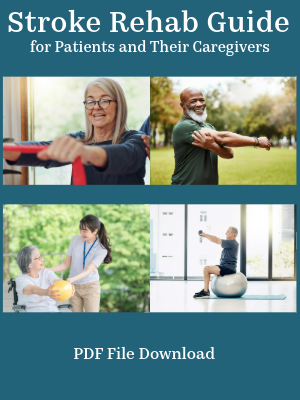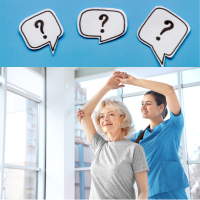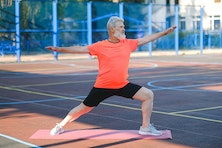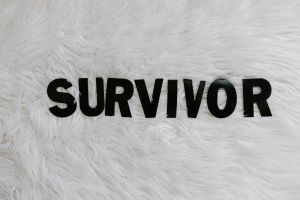Foot Drop and Stroke
After a stroke, foot drop (also known as drop foot) may occur which is paralysis of the muscles that raise the front of the foot. Patients with this condition will drag their toes or have to lift their leg higher when walking to prevent dragging the foot.
AFO Use
Treatment often involves exercises to strengthen the muscles and using a brace called an ankle foot orthoses (AFO) which fits inside the shoe. An AFO should be fitted by an orthotist in collaboration with your physical therapist to ensure proper fit and to make sure the correct AFO is selected. There are several varieties of AFOs including short leg fixed, dorsiflexion assist short leg, solid ankle, posterior leaf spring, and energy return AFOs.
Examples of AFOs
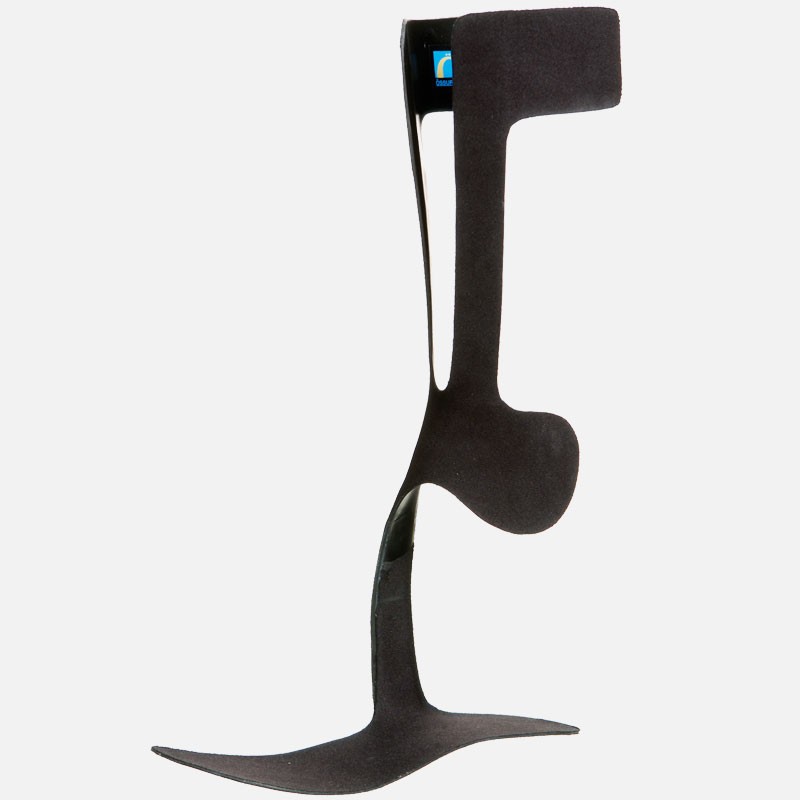 |
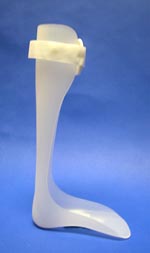 |
FES (Functional Electrical Stimulation)
Another treatment is functional electrical stimulation (FES) which is used to stimulate the muscles that dorsiflex the ankle (raise the front part of the foot). Two devices specifically designed to address drop foot using FES are WalkAide and Bioness L300. Below are videos from from these two manufacturers.
WALKAIDE:
From the WalkAide website: "WalkAide is a medical device that, after more than a decade in development, has received marketing clearance from the FDA for improving walking ability of people experiencing foot drop. Invented by a team of researchers at the University of Alberta, WalkAide uses functional electrical stimulation to restore typical nerve-to-muscle signals in the leg and foot, effectively lifting the foot at the appropriate time.The resulting movement is a smoother, more natural and safer stepping motion. with less fatigue. In fact, many people who try WalkAide experience immediate and substantial improvement in their walking ability, which increases their mobility, functionality, and overall independence. "
BIONESS:
From the Bioness website: "Bioness' NESS L300 is an advanced system designed to use gentle stimulation to lift your foot to help you walk more safely and easily. If the NESS L300 is right for you, it may be easier to walk on flat ground This light-weight device is designed to fit just below your knee and to be put on and taken off with one hand. Use of the NESS L300 may eliminate the need to wear a rigid, heavy orthosis. "
Get Our Stroke Rehab Guide

Our stroke rehab guide is designed specifically for patients and caregivers. It's in pdf format and can be immediately downloaded. It includes about
- Stroke Definition & Causes
- Stroke Treatment
- Rehabilitation Information for Physical, Occupational and Speech Therapy
- Exercise pictures
- Q&A from patients and caregivers
- Adaptive Equipment & Techniques
- How to Prevent Another Stroke & More!
Medical Disclaimer: All information on this website is for informational purposes only. This website does not provide medical advice or treatment. Always seek the advice of your physician or other healthcare provider before undertaking a new healthcare or exercise regimen. Never disregard professional medical advice or delay seeking medical treatment because of something you have read on this website. See the disclaimer page for full information.
- Home
- Foot Drop and Stroke
